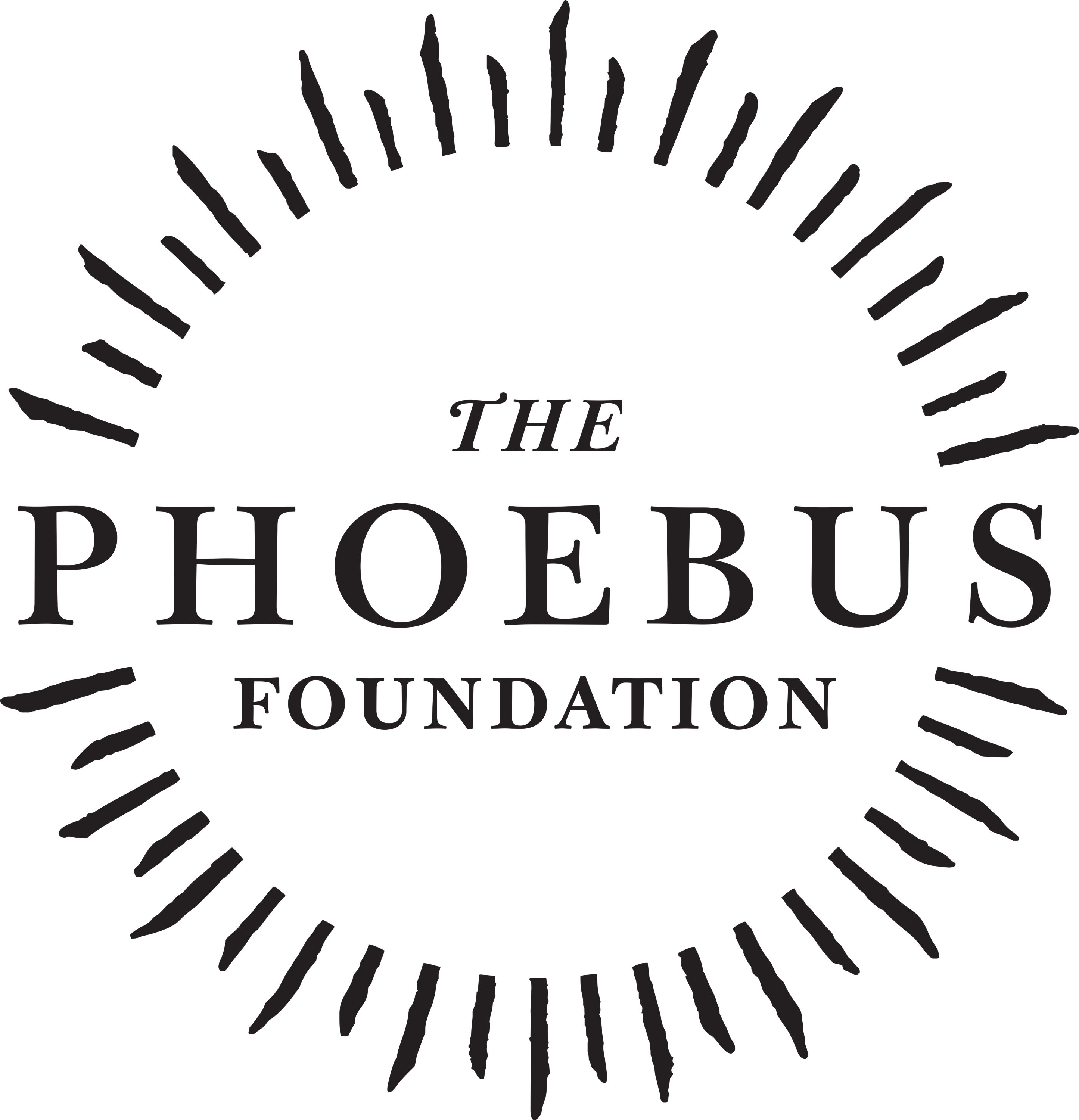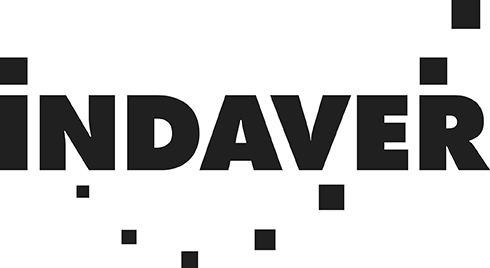History and Mystery: Latin American Art and Europe
This is the first time that Latin American art has been exhibited on such a large scale in Estonia. This has been made possible through collaboration with The Phoebus Foundation in Antwerp, which owns one of the largest collections of Latin American art in Europe. The exhibition features art from two eras: the Spanish Colonial period from the 17th to the 19th century, and the modernist art of the 20th century from Argentina, Colombia, Cuba, Mexico, Peru, Chile, Uruguay and Venezuela.
The exhibition focuses on relations in art between Latin America and Europe. In the colonial period, art was a powerful medium to spread Christianity and justify the social hierarchies imposed by the Spanish colonial rule. In the 20th century, a different relationship emerged, when contacts between artists developed in Paris, Madrid and other European art centres, and with European exile artists in Latin America. In both colonial art and 20th century modernist art, the European influences merged with local indigenous cultures, resulting in a unique Latin American visual language.
A separate part of the exhibition is a display of works by the surrealist artist and writer Leonora Carrington (1917–2011) in the project space on the 4th floor.
Exhibition views
Gallery
Curators Sirje Helme and Kadi Polli on the exhibition:
Christopher Columbus’s discovery of the “New World” in 1492 has long been part of European and American cultural memory. Today, the European conquest of the Americas is the subject of heated debate, monuments to Columbus are being removed, and the art of the colonial period, as well as Latin American history in general, are open to new interpretations and exhibitions.
Featuring artworks dating from the late 16th century to the present day, the collection has been formed during the last couple of decades. This exhibition does not aim to offer an exhaustive chronological overview of the art of Latin America. Drawing on various collections, the exhibition features selected works from two very different eras.
The arrival of Columbus in the Americas was followed by a European conquest which was seen as part of the Crusades. Art was used as a means of explaining Christianity, where the European artistic language was consciously interwoven with indigenous cultures, resulting in the Indigenous Baroque style. The colonial rulers also used the medium of art to justify and establish an imposed racial and class system. In the exhibition, the colonial past sets the scene for showcasing modernist art from the independent Latin American countries of the 20th century.
The new generation of Latin American artists trained and studied in Paris, the main art centre at the time, as well as in Madrid and Barcelona, and then returned to their homelands. All of these artists mastered European modernist styles ‒ Surrealism, Constructivism, Abstractionism etc. ‒ but they were also concerned with pre-Columbian indigenous cultures and the social and ethnic problems inherited from the colonial past. Through the famous Mexican communist artist Diego Rivera (1886‒1957), certain Latin American influences also reached Estonian art in the late 1950s in the “severe style”.
Works displayed
Gallery
Public programmes
The exhibition is accompanied by a number of different public events that introduce the exhibition and the art relations between Latin America and Europe. In addition to the traditional opening and closing programmes, the main event is a festival on 24 August in Kumu’s courtyard, with Latin American food, dance, workshops and games, as well as tours and talks. Recurring events through the summer include short tours in Estonian and English every second Sunday in July and August. Conversations on topics ranging from colonial heritage to Latin American influences in Estonian art are planned for autumn. More detailed information about all of the events can be found in the event calendar on the website, which is continuously updated.
Exhibition team
Curators: Sirje Helme and Kadi Polli
Exhibition design: Kaarel Eelma and Kristi Kongi
Graphic design: Külli Kaats
Installation manager: Andres Amos
Education: Darja Andrejeva
Public events: Maria Lota Lumiste
Project managers: Inga Jaagus and Niels Schalley (The Phoebus Foundation)
Sponsors
The exhibitions History and Mystery: Latin American Art and Europe and Leonora Carrington have been co-organised by the Art Museum of Estonia and The Phoebus Foundation SON, Antwerp (Belgium), with support from the Katoen Natie Group and Indaver Group.
All exhibition wall paints have been donated by Akzo Nobel Baltics AS.




Press coverage
-
Gallery: 'Latin American Art and Europe' exhibition opens at Kumu. News.err.ee. 21.06.24https://news.err.ee/1609377434/gallery-latin-american-art-and-europe-exhibition-opens-at-kumu
-
Major exhibition of Latin American art to open in Tallinn. The Baltic Guide. 18.06.24https://balticguide.ee/en/major-exhibition-of-latin-american-art-to-open-in-tallinn/
-
Estonia’s largest ever Latin American art exhibition on display in Tallinn. The Baltic Guide. 16.08.24https://balticguide.ee/en/estonias-largest-ever-latin-american-art-exhibition-on-display-in-tallinn/
-
Gallery: Tallinn's Kumu hosts Latin American-themed courtyard festival. News.err.ee. 02.09.24https://news.err.ee/1609441466/gallery-tallinn-s-kumu-hosts-latin-american-themed-courtyard-festival
-
History and mystery: Latin American art and Europe. Meer.com. 09.10.24https://www.meer.com/en/83731-history-and-mystery-latin-american-art-and-europe
-
Gallery: Mexican Day of the Dead altar opens at Kumu Art Gallery. News.err.ee. 01.11.24https://news.err.ee/1609509229/gallery-mexican-day-of-the-dead-altar-opens-at-kumu-art-gallery



























